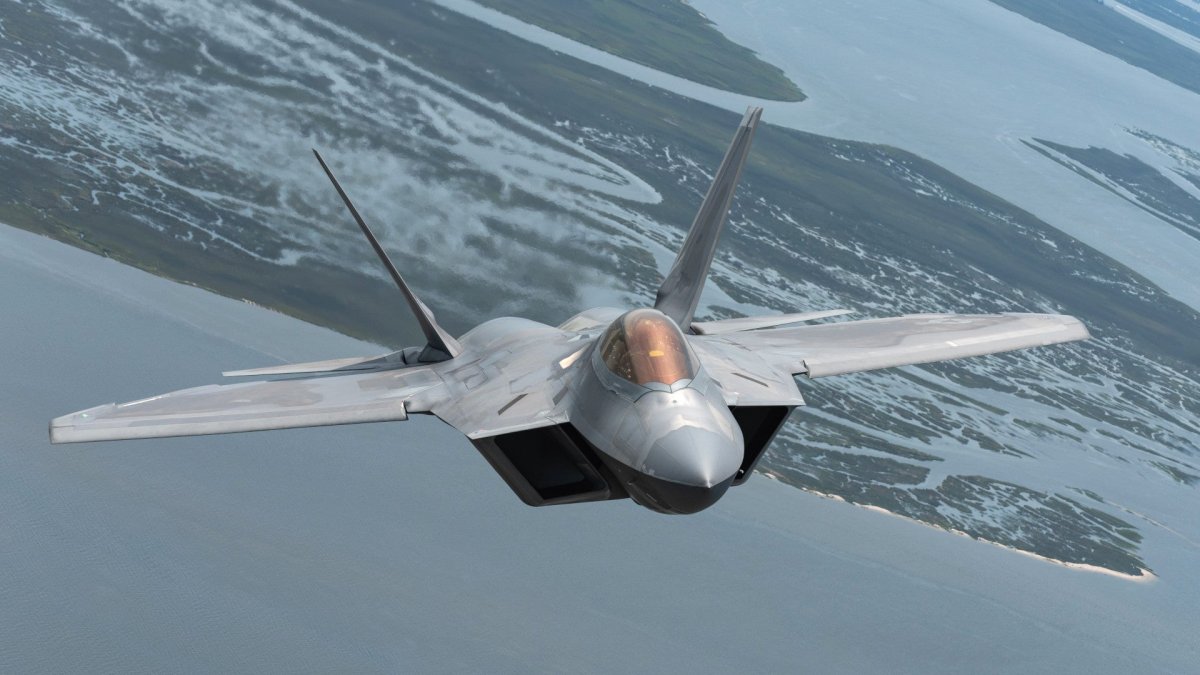John Fedup
The Bunker Group
Some more comment that NGAD might be scaled back to unmanned aircraft due to cost. With NG opting to not bid as prime, it leaves Boeing and LM to bid. Two companies that haven’t been covering themselves with glory wrt product performance and delivery. Sort of like choosing Biden or Trump.

 www.twz.com
www.twz.com

Air Force Now Says It Has No Official F-22 Raptor Replacement
A sixth-generation fighter being developed under the Air Force Next Generation Air Dominance program was supposed to supplant the Raptor but its future is increasingly uncertain.




